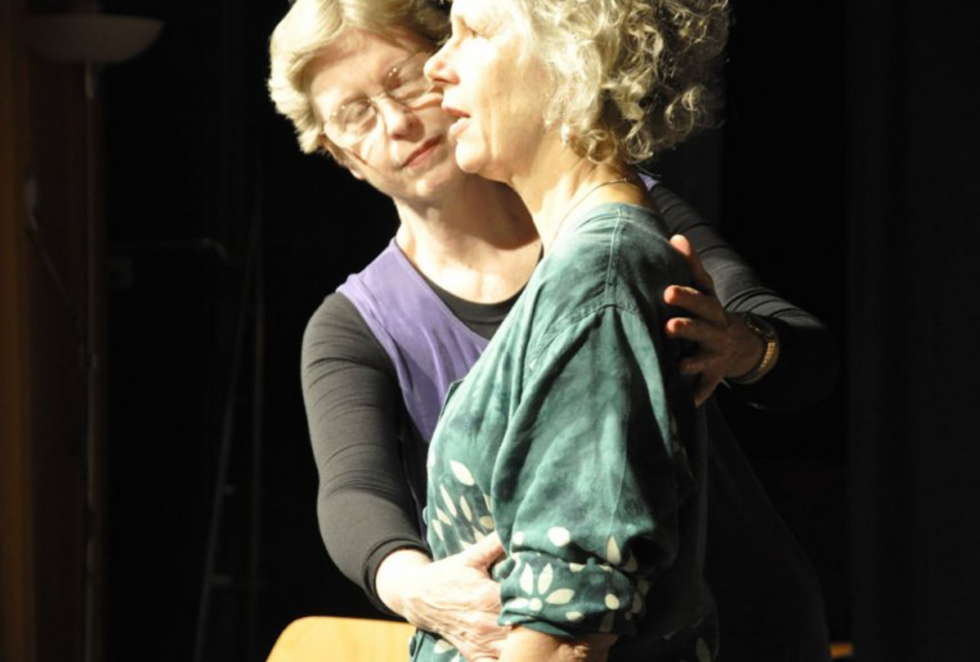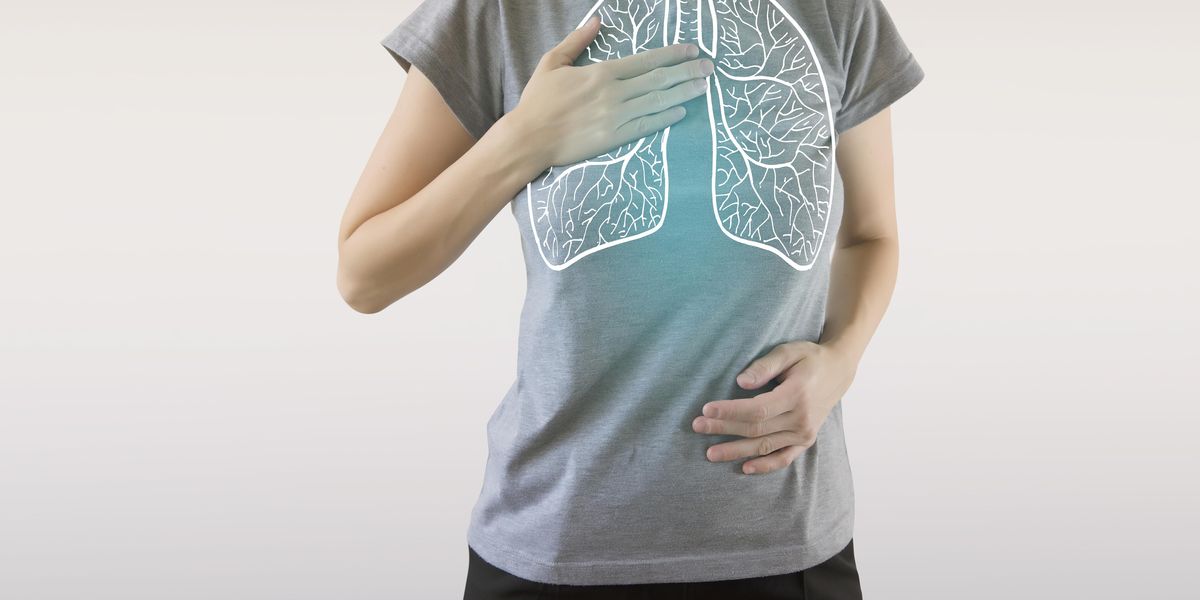How to Use Breath to Enhance Your Movement
Breathing is so vital and automatic that it can often be the last thing on dancers’ minds. But aside from fueling your muscles and cells, a mindful breathing practice can bring dynamism and drama to your dancing.
“Breathing, and not holding the breath in or out, creates a look of being alive that is noticeable even from the fifth balcony,” says Irene Dowd, who teaches dance and anatomy at The Juilliard School.
Keep It Three-Dimensional
Paying attention to how you breathe will provide a greater capacity for movement range, stamina and artistry. Start by bringing your focus towards a more expansive breath in all directions.
“When you see a beautiful dancer, you can see the emotion by the way that all 24 of the ribs are moving,” says former New York University adjunct instructor Lynn Martin, whose breath coaching has helped singers, actors and dancers enhance their craft.
This means allowing the volume of the trunk to expand and diminish in all directions. “It involves the front, side and back walls of the body,” Martin says. “Many of us are overworking our front abdominal area of breathing and neglecting our bone-dominated areas at the sides and back.” Oftentimes Martin guides clients to put their hands on their own rib cage as they breathe to feel it expand and contract.
 Lynn Martin
Lynn Martin
Photo courtesy Martin
Don’t Hold Your Breath
“Most people, if they’re feeling overly stressed, will inhale and hold that air in,” says Martin, which can make dancers’ movement appear overly tense. Martin directs dancers’ focus to exhaling in an equal volume as their inhale. She recommends practicing with vocalization like singing, sighing or an audible exhale, and switching up the exhale via the nose or mouth, whichever is more comfortable.
For highly aerobic dancing that requires heavy breathing, Martin recommends allowing the inhalation to flow in as smoothly as possible and then emphasizing the complete outflow of the exhale. “If the exhale completes itself, there is space in the lungs for newly oxygenated air to flow in,” she says. “My little watchword is: ‘When in doubt, breathe out!’ ”
Coordinate With Movement
Many modern dance techniques are taught with certain breath cues in an effort to engage the body, and particularly the lower abdominal muscles, in a certain way. In her mastery of Isadora Duncan technique, Lori Belilove uses the breath to convey lightness, gravity and emotion. “If you work with weight in the pelvis, you’re going to breathe lower. You can also bring the breath up very high and shallow, pulling your collarbones up,” she says, noting that Duncan used the breath as the nucleus of movement, letting action stem from the breath itself.
Coordinating an inhale or exhale with certain gestures or movements can also help you to embody certain artistic qualities. Belilove uses the example of synchronizing the lifting of the arms with an inhale to emulate lightness and letting them fall on the exhale, letting the movement initiate from the solar plexus.
If you aren’t given any specific breath cues, experiment with coordinating different movements with your inhale or exhale. Just note that the position of your spine and rib cage affects the ease with which you breathe. For example, if you contract forward with the head and pelvis curled towards one another, it will be more challenging to do a full, three-dimensional inhale. You’ll know what’s working when you feel more energized and less tense, and you aren’t constantly getting out of breath.
Educators: Want to teach your students about using their breath? Visit dance-teacher.com for more tips.




